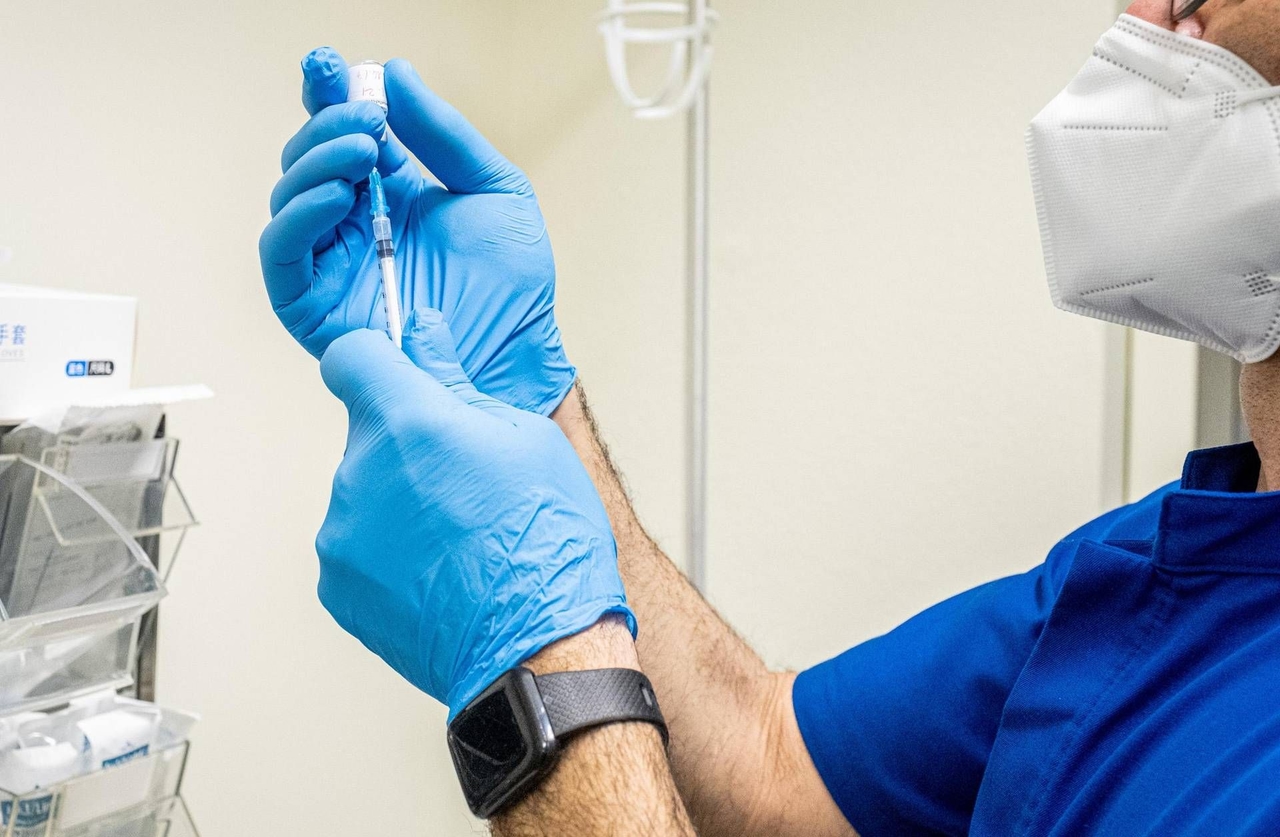Bullying is a wound (also) for the brains of the victims. And it never heals.

Just as the explosion of a firecracker or the sound of a plate falling to the floor can "reawaken" memories and fears related to war in a veteran, even simply observing scenes of physical and verbal abuse on a screen in a school can "rekindle" alarming states of anxiety in victims of bullying, even many years after the horrific experience. A sort of post-traumatic stress disorder activates social and emotional brain networks, as well as autonomic threat response systems. This was discovered in a study conducted by the University of Turku, Finland, and published in the Journal of Neuroscience . "The results show us how deep the wounds and scars of a victim of bullying can be," comments Matteo Balestrieri , former Professor of Psychiatry at the University of Udine and co-president of the Italian Society of Neuropsychopharmacology (SINPF).
"Bullying can be traumatic, and those who have experienced it are more sensitive to recalling it, even years later," explains Balestrieri. "It's like a wound that's always open, and witnessing something like this is like throwing salt in it, making it burn even more," he adds. The study was conducted on both a group of adolescents (aged 11-14) and adults, for a total of approximately 100 participants. The researchers asked the subjects to watch first-person videos that realistically simulated bullying scenes and positive social interactions in a school setting. This "naturalistic" approach allowed them to grasp the complexity of the experience, going beyond the limitations of simplified experimental paradigms. Responses to the videos were measured using functional magnetic resonance imaging in adolescents and using eye movement and pupil size analysis technologies in adults. The results shed light on the profound impact of bullying on our central nervous system.
Not social pain but physical and visceral alarm in the brainSpecifically, it emerged that bullying is not just an abstract "social pain," but a true state of physical and visceral alarm in the brain. Observing bullying scenes, compared to positive interactions, triggered significant activation in key areas in subjects who had themselves been bullied. The amygdala, the fear center, was activated; the insula, the area linked to interoception and visceral sensations; and the dorsal striatum, involved in stress. The so-called somatosensory and motor areas were also affected, suggesting a strong bodily component to the experience and potential preparation for a motor action, such as flight or attack. Furthermore, the anterior cingulate cortex, ventrolateral prefrontal cortex, and dorsomedial cortex, which are crucial for socioemotional processing and stress regulation, were also found to be involved.
“Desensitization” effectAlthough the overall response was largely consistent between adolescents and adults, some important differences emerged. Brain activation was more widespread in adolescents. Specifically, increased activity in the amygdala and thalamo-somatosensory areas suggests a more bodily or visceral experience of bullying compared to adults. Furthermore, in adolescents, greater prior victimization was correlated with greater activation of emotional and regulatory circuits in response to simulated bullying, indicating a potential sensitization to social danger. In adults, on the other hand, a history of childhood bullying was correlated with less activation in many of these same areas, suggesting a long-term desensitization effect on the affective alarm system. "The more attenuated activation of some brain areas in adults may depend on the time elapsed since the traumatic event was experienced firsthand, and therefore since the bullying episode," explains Balestrieri. “Over time and with the accumulation of experiences, adults can experience a process of removing traumas or even building scars, making them less sensitive to certain traumas and, at times, leading them to transform from victims into perpetrators,” she concludes.
repubblica




